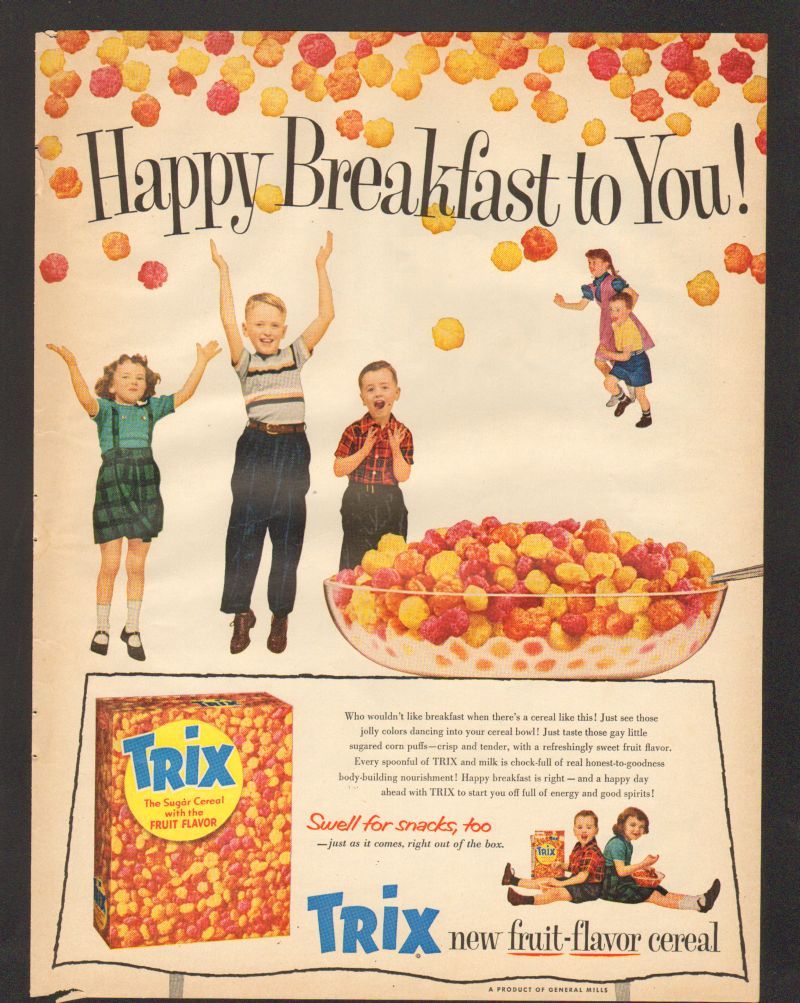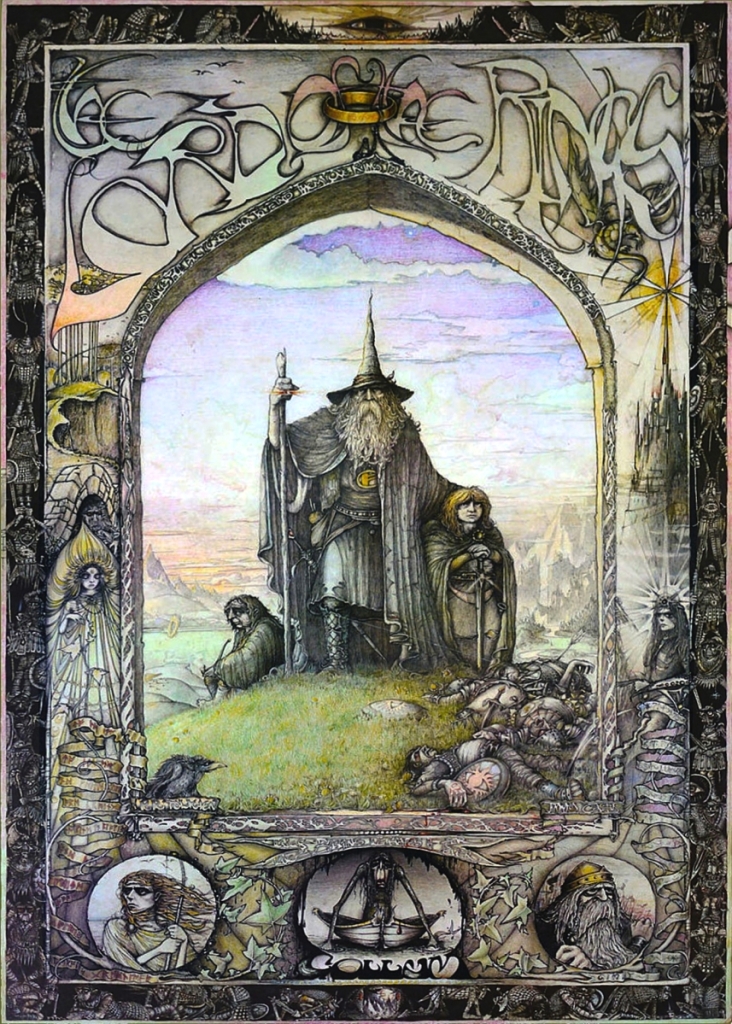With apologies to the blind or visually impaired.
I have written about the power and effect of words previously ( what’s-in-a-word; mind-your-l#ngu@ge; mind-your-l#ngu@ge-part-2), but what about the power of images? The familiar saying “A picture paints a thousand words” has been expressed in multiple languages for many centuries. Most of you will know it means that complex and/or multiple concepts can be portrayed more simply and effectively with a single image than by a lengthy verbal description. Maybe this is why my novels are so long…
Pictures are not just nice things to look at; in fact, they are often far from nice. Sure, whose heart doesn’t melt at the sight of a puppy/kitten/baby/insert-your-“aww”-trigger-here, but there are many ways images are used, occasionally to inform, but mostly to evoke an emotional impact. I won’t go into the psychological or physiological reasons why looking at something can make you feel different (mostly because I can’t be bothered to research it), but I will ask you to accept it as given.
In the booky world, most publishing houses now have their own cover design departments because a lot of people DO judge a book by its cover. Writers of adult fiction try to paint pictures in our minds but must be careful not to resort to lengthy passages of ‘purple prose’ lest they lose their readers’ interest, especially in times of diminishing attention spans. But even in literature, images can enhance or reinforce the text. Children’s books are a classic example. An illustration of an exciting moment, a location, a character, or the appearance of a monster can help bring the story to life.
What about non-fiction? In textbooks, pictures can be used effectively to help impart information or support an explanation, with little emotional effect. But photos in nature writing or travel books can immediately give you an impression of a location to enhance the writer’s descriptive talents (or lack thereof). Lavishly illustrated coffee table books may be designed for the Wow Factor or possibly to induce the Feel-Good Factor, or both. Recently, after a particularly stressful day, I comforted myself with one of my four volumes by my favourite artist, Andy Goldsworthy. He creates mostly site-specific work in nature from materials found nearby, including brightly coloured flowers, icicles, leaves, mud, pinecones, snow, stone, twigs, and thorns, with minimal intervention in the landscape. He photographs it and leaves it for the elements to disintegrate and disperse. I both Wow and Feel Good looking at his art.

A lot of visual art hung in our homes and galleries is chosen because we like looking at it. A study by the University of London showed someone looking at a piece of art they see as beautiful, gets a release of dopamine, a hormone linked to feelings of love. The brain looks for patterns, shapes, and anything else that is familiar to make you feel more connected to the piece. If you don’t feel you understand it or can’t relate it, your brain will still work to find significance in what you’re viewing, thereby stimulating its lazy little neurons.
Pictures can make you time travel too. Photographs or art from the past transports you to the time and place the artist portrayed and gives you a few moments of escapism. But art isn’t just about creating beauty (a subjective concept anyway) or making you feel good; it’s an important aspect of human society, serving as a consistent symbolic form of communication conveying cultural norms, history, ideas, emotions, aesthetics, and more. Created as a social, political or philosophical comment it can question our beliefs and opinions, or simply challenge or shock the audience, get them out of their comfort zone.
The psychology behind our response to pictures is understood, exploited and manipulated by the media, politicians and advertisers (both on screen and in print). This is arguably where images can have the most powerful effect, particularly when accompanied by lexical–verbal messages, influencing the hearts, minds and therefore behaviour of millions. Images are used to reinforce propaganda and stoke prejudice. Others claim that the idea that vivid images can drive public opinion is overly simplistic and assert that images are more likely to interact with existing perceptions to shape insights and judgments, affected further by individuals’ biases, values, and mindsets. There must be something in it though when you consider the importance of PR companies and ‘spin doctors’ to political parties or the £billions spent on advertising. Even pictures flashed past your eyes at a speed too fast to be seen (subliminal images) have been shown to influence the mind. From buses-for-Brexit to semi-clad women draped over motorcycles to children overjoyed by a breakfast cereal – all are designed to convince you that your life would be better with their product or service.
Charities and campaigning organisations often try to elicit donations with images chosen to stir compassion. The Ethiopian famine of the 1980s, one of the worst humanitarian events of the 20th century, inspired an unprecedented global relief effort when photos of starving children appeared on the world’s TV screens (thanks to Kenyan photojournalist Mohamed Amin and others) and became the trigger that launched Band Aid, Live Aid, Comic Relief and Children in Need. Now, with increasing numbers of people succumbing to ‘harrowing image fatigue’, charities and NGOs are adjusting their methods and starting to use pictures of happy recipients of aid or showing positive changes resulting from donations.
Memories can be stirred by images. Family photos or holiday snaps are obvious examples, which can help reinforce familial bonds, but it could equally be a poster from your youth. When I was sixteen, an older cousin introduced me to The Lord of the Rings books. I loved them so much, that I bought a poster by the artist Jimmy Cauty, which after several moves as a student gradually disintegrated. In a nostalgic moment after the films came out, I discovered the same poster was still available online and bought a copy, which now adorns the wall of my writing room.
In addition to an emotional reaction, some images can induce physical responses: people might describe an image as ‘touching’, or ‘moving’; a picture of food can make you feel hungry; distressing images of human or animal suffering might bring forth tears; for some people pornographic material produces sexual arousal; anger prompted by a photograph of police brutality may cause you to grind your teeth…
Possibly/probably I haven’t told you anything you didn’t already know, but it is nonetheless interesting (for me!) to think about. To describe a picture could take as little as three words (a blue square) or possibly more than the proverbial thousand, but there’s no doubt in my mind that they have a profound impact on human society.
Which images make you happy, or sad, or make you want to puke, or inspire you to take to the streets? Feel free to post them in the comments.
Join my Patreon here: https://www.patreon.com/GeoffKingWriter
Or Buy me a coffee: https://www.buymeacoffee.com/geoffkingwriter
Featured image (top) by Miguel Bruna: https://unsplash.com/@mbrunacr





I enjoyed Daemon Voices too